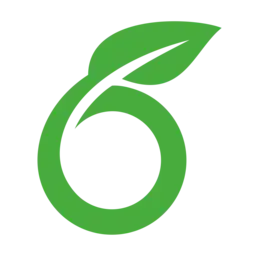Hey there programmers, I know this is a more markup/typesetting deal, but I thought there might be people who are interested. After being dissapointed with many of the options out there for making ttrpg item cards, I made a LaTeX template for that exact purpose. I wanted it to be relatively easy to use, generate clean images, and be (semi) form fillable. The cards scale in height with the quantity of text given and image size, so users don’t need to finagle with the box dimensions too much, and all card sections (generated by custom commands) can either be commented out or toggled off if they aren’t relevant to the item.
If there are any people familiar with TeX who have thoughts or constructive criticism, I would love to get some more eyes on this. I have already posted this in the relavant ttrpg areas, but I am hoping people here might have more technical critiques. I have already gotten feedback that a setting for fixed dimensions would be smart in case players want to get card sleeves or a card binder, and want to make a back side for longer item descriptions, which I will work into V2.
Here is an example of a completed card with all the trimmings: Staff of the Jackal Lord
Thanks to anyone who takes the time to check it out, and if anyone uses it, please let me know what you think!



I use LaTeX almost every day for typesetting, and I had no idea you could use it for this complex of graphical representation! This is awesome.
It was funky and felt distinctly un-LaTeX with the pdf cropping and graphic declarations, but was super fun. Way different from academic writing or even hobby typesetting with normal, pre-made classes (the DnD 5e LaTeX Template by rpgtex is a gamechanger for homebrewed dnd content and was the catalyst for this). The
standalonedocument class is really weird to work with, and using tcolorboxes as the main document content feels like I am fitting a square peg into a non-euclidean hole, but it is still working!I am just glad I decided to use LaTeX and not python for this.